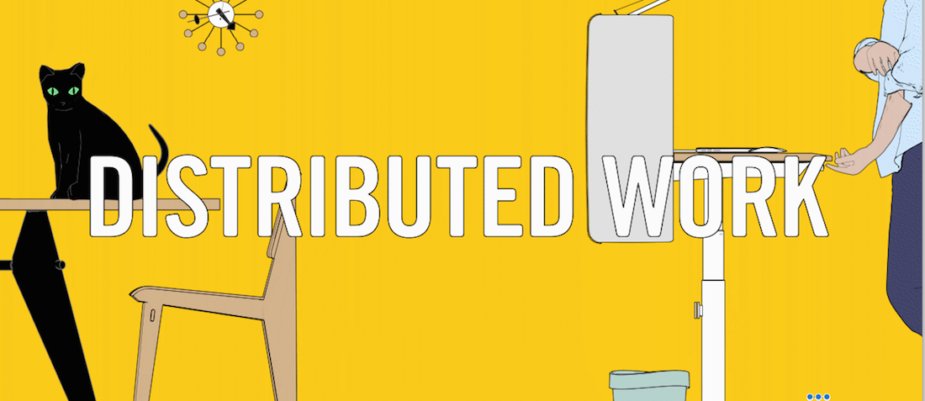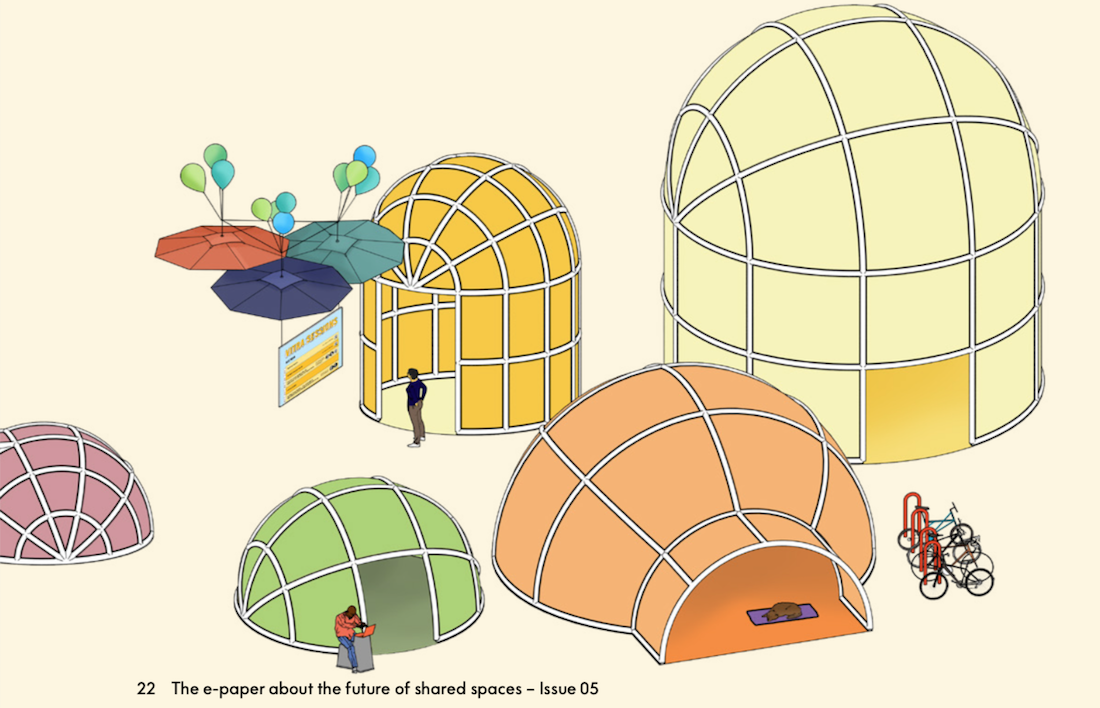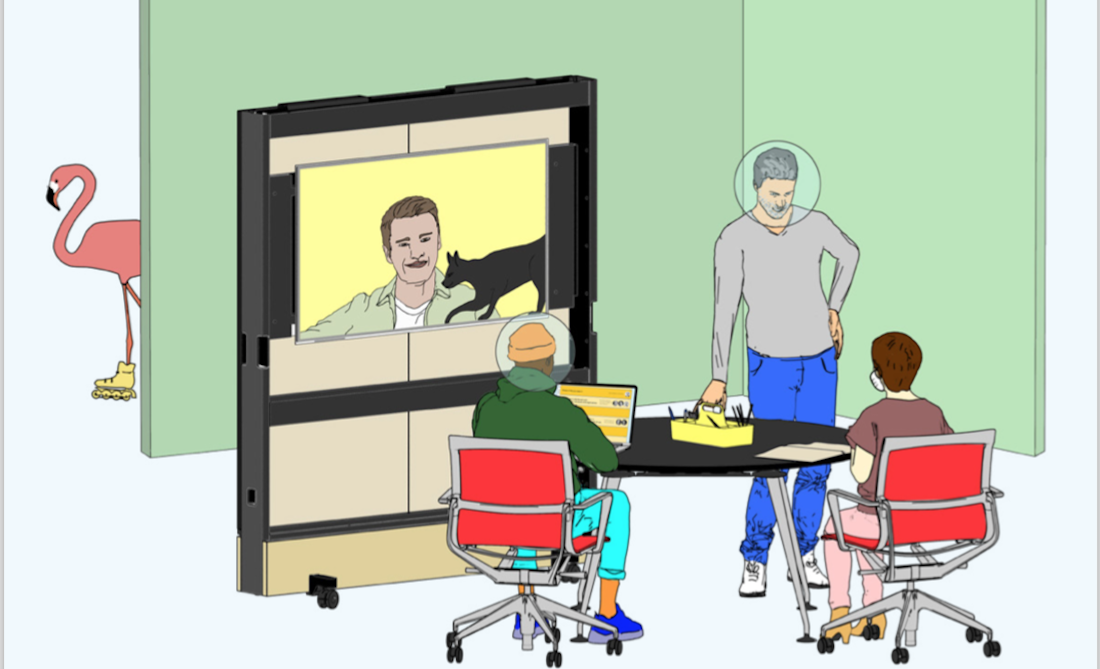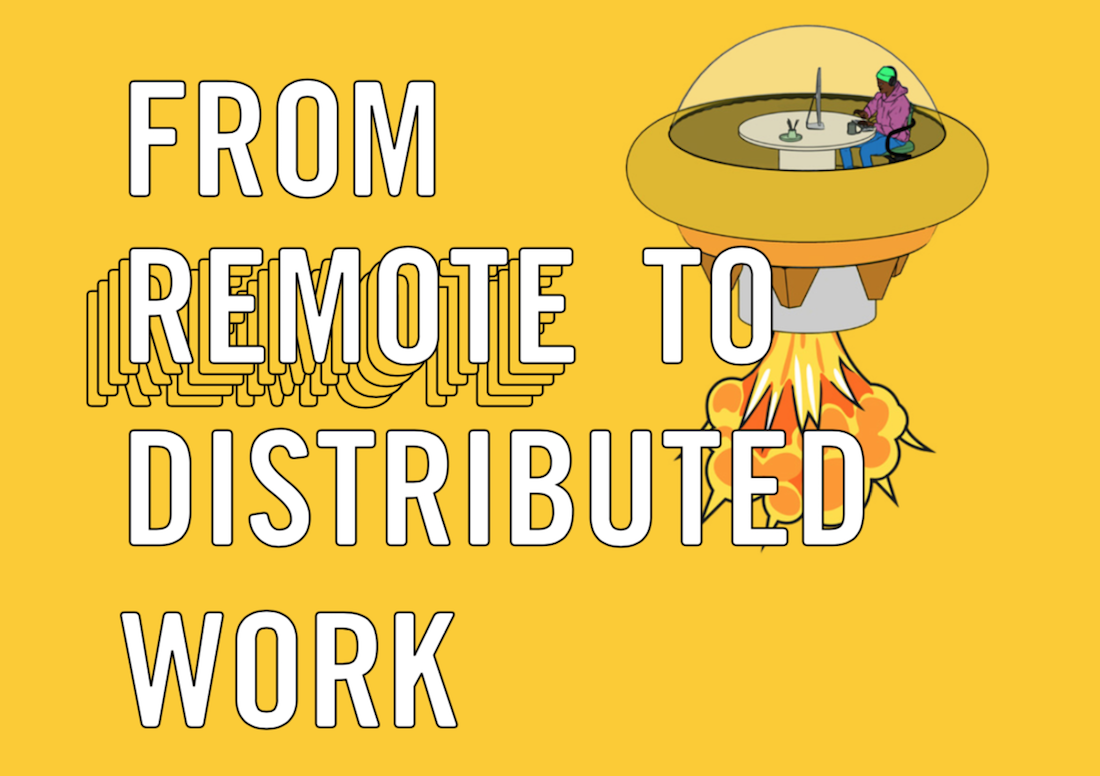
How can we organize hybrid work? This was the theme of Vitra‘s “Distributed Work” webinar, which addressed the theme of future hybrid ways of working. How can we not make corporate culture die in the era of digital nomadism? How can we establish rules, while maintaining the necessary flexibility? How to guide choices and encourage innovation in an increasingly uncertain future world? This webinar, selected within our WOWbinar column, provides some ideas to answer these questions.
Hybrid and distributed work are here to stay. The reasons? The efficacy tested by companies in the pandemic and the already made large investments in the adaptation of the technological infrastructure; the increasing in the the use of technological tools by employees, as well as the habit of social distancing; finally, the progressive disappearance of the stigmatization of remote work.

Yet, for each company there is a different solution. At an international level, we move from Dropbox which is going towards a fully distributed business model, which is no longer based on a headquarters, but on small scattered hubs, and companies such as Netflix and JP Morgan who can’t wait to embrace their workers again in fully presence mode.
Each company is therefore called upon to think of its own choreography, in different spaces (such as offices, homes, hubs and small regional offices) and with a wide spectrum of personal situations ranging from fully remote workers and totally in-person workers. The important thing is to give a clear framework and share precise guidelines so as not to let employees choose by themselves, but to find a common solution within the team.
Moreover, if, on one hand, digital nomadism and pervasive uncertainty seem to undermine the sense of belonging to one’s company, on the other, as argued by Giampietro Petriglieri, associate professor of Organizational Behavior at INSEAD University, the best way to foster this sense of belonging is to help employees to remain mobile.
How? Providing continuous learning opportunities, and transforming offices into real campuses. In other words, ensuring constant connections with meaningful jobs and interesting people. It is therefore necessary to fast recover the gap created by digital work regarding personal networking, informal learning and mentoring which are the main advantages of working in presence.

Finally, one of the most pervasive effects of the lockdown is seen at another and more subtle level: the crisis of creativity.
Creativity (or the way of coping with the unexpected, the unpredictable and the unknown) comes up when a group of people work together, in close contact, favoring phenomena such as serendipity, the mixing of different skills and ideas, and the exposure to different sensory stimuli.
How then can we foster dispersed creativity?
- Systematizing communication and planning extra-activities that are specifically focused on creativity (such as photography contests or cooking competitions)
- By creating “digital walls” where everyone can contribute to ongoing projects by posting an idea in an unstructured way.
- By using technology to involve more talents in a project, in a more fluid way and despire their geographical distance.
- Always using new technologies and systems to experiment new ways of working
- Keeping on changing perspectives while working remotely, favoring work in always different areas of the house or in different context.
For these reasons too, face-to-face work appears indispensable, increasingly requiring a new style of management, based on a mutual and transparent trust.
Text by Gabriele Masi.
Pictures from Vitra e-paper issue 05 (March 2021)

















